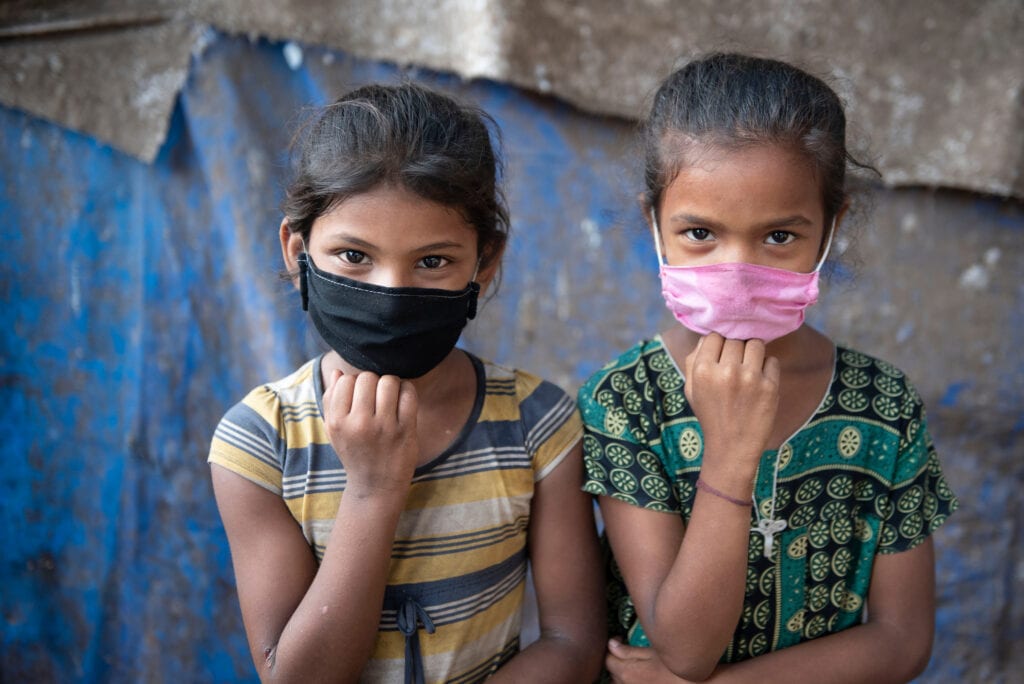5 min read
As the coronavirus pandemic continues to affect the lives of millions around the world with several countries already experiencing a second wave of infections, what started out as a health crisis has not only unearthed fundamental gaps in social protections systems, but also set back global economies.
Against this backdrop, impact networks play a pertinent role in assessing the landscape to explore how the regional ecosystem can work together and build back better. In this regard, AVPN and UNDP brought together key public and private sector practitioners, representing policymakers, corporates, and think tanks who are deeply engaged in COVID-19 response measures in Asia, to highlight local challenges and offer suggestions to finance effective solutions.
The common consensus was that the biggest opportunities for impact and scale lie in last mile communities. Most social protection systems across Asia’s developing countries fail to reach the most vulnerable.
Let’s take the case in India. Dr. Shagun Sabarwal, Director of Policy, Training and Communications at J-PAL South Asia, highlighted that urban migrants are a particularly vulnerable community in India where social protection systems consistently fail to protect. The widespread contagion has forced large numbers of internal migrants to return home, while others remain stranded in their city of work. According to J-PAL’s study, up to 90 percent of urban migrant workers have lost their source of livelihood during the pandemic. The absence of formal interventions targeted at this group makes it difficult for urban migrants to gain access to relief aid from the government. This case study stresses why making internet access affordable is extremely important; as a public good, technology can equip people with digital skills to work and learn remotely even when workplaces shut down.
A large part of this inefficiency is due to a dominant informal economy that does not have structured data for governments to appropriately intervene. This task is further complicated as demographics within the informal sector vary widely; sweeping solutions, therefore, simply do not make the cut. As such, the session brought forth various recommendations on how governments can finance solutions for social protection during and beyond the pandemic.
The Philippines: Supplementing conventional aid with private sector innovations
While vulnerable families still have possessions over their homes, they are unable to leave them to visit aid distribution centres and receive donations. To plug this gap, large corporations and foundations in the Philippines have been spearheading new and experimental methods to raise funds and reach at-risk communities. Gisela Tiongson, Executive Director of the Jollibee Group Foundation (JGF), led her team in quickly developing food products that families can easily prepare, such as ready-to-cook meatballs and chicken. These are distributed directly to needy families while observing social-distancing guidelines. The Foundation is also in discussions with the government’s Department of Agrarian Reform to procure vegetables that are sourced directly from farmers to complement their current donations so that more nutritious food can be provided to these families.
This crisis has also sparked interesting collaborations across diverse stakeholders from the business, NGO and arts and culture industries. Project Bayanihan Musikahan, a series of online concerts performed by renowned singers, raised 2.6 million dollars in donations which was subsequently used to distribute food items to families and support livelihood projects in villages. These examples highlight the steady potential and significance of the private sector’s role in reaching out to informal areas and improving aid distribution during times of emergency and large-scale community need.
Indonesia: Expanding social protection coverage whilst ensuring fiscal sustainability
Governments are facing a two-fold challenge: While government revenue streams are drying up, the demand for social assistance and expanded safety nets is at its peak. In Indonesia, Hidayat Amir, Director of Center of Macroeconomic Policy at the Ministry of Finance, acknowledged that the pandemic has disrupted the government’s medium-term goals of enhancing its existing social protection system.
As traditional social programmes are no longer sufficient, the Indonesian government needs to be more flexible by expanding its social coverage. After granting the Ministry more autonomy to adjust its fiscal budget and policies, the Government examined ways it could maximise its existing social programmes by modifying them through a method called ‘adaptive social protection’. From this emerged initiatives that effectively increase transfer values (vertical expansion) and incorporate expanded groups of target recipients into ongoing schemes (horizontal expansion).
To cast a wider social safety net, the Indonesian government also introduced several new programmes such as the Jabodetabek Food Subsidy and cash transfer systems to temporarily mitigate people from slipping further into poverty.
However, social protection systems that leverage on a Temporary Basic Income (TBI) framework, such as the Indonesian government’s lump-sum cash transfer schemes, may face several challenges. Balazs Horvath, UNDP Senior Economic Advisor for Asia-Pacific highlighted that these programmes require an adequate fiscal budget to implement. Maintaining the people’s incentive to work and invest is another pertinent issue for governments to consider when providing direct cash assistance. Double-dipping, where recipients take the advantage to obtain additional financial aid from more than one scheme, is also a challenge to avoid. To mitigate this, private sector interventions can prove helpful. For example, in the Philippines, different businesses convened to develop a technology-assisted community monitoring system similar to an interactive map to identify areas receiving assistance from various initiatives to facilitate an overall more coordinated and targeted intervention approach.
Nonetheless, governments can consider several factors to make financing social protection programmes fiscally sustainable. This includes critically evaluating the country’s revenue and expenditure policies to decide what policies remain optimal post-COVID and which policies, appropriately termed ‘fiscal termites’, ought to be abandoned to avoid deadweight loss. Fiscal termites can appear in the form of transfer pricing, tax evasions, the untaxed digital economy, white elephant projects and fossil fuel subsidies. By resolving these issues, the government may have more fiscal space to fund other important programmes and systems for its people. Balazs further emphasised the need for governments to crowd in private and civil sectors to shrink the informal sector and expand the formal sector.
Conclusion
Financing social protection programmes and systems should not be solely dependent on the government’s budgetary expenditure. For an optimised system, governments need to incentivise private sector firms to increase their levels of formal employment and capacity building efforts. Mission-driven businesses, on the other hand, must continue collaborating with other civil society organisations and public agencies to bridge the need-service gap.
“Financing Solutions for Social Protection in COVID-19 Response and Recovery” is the first of a three-part COVID-19 Webinar Series co-organised with the UNDP. Join our second session on “Strengthening the Capability of Governments to Engage Philanthropic Capital During COVID-19” on 30 September 2020, 11am – 12pm (GMT +8).


















